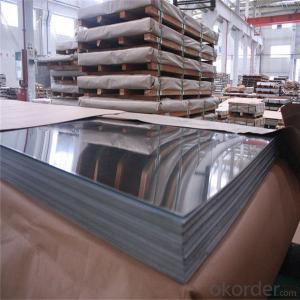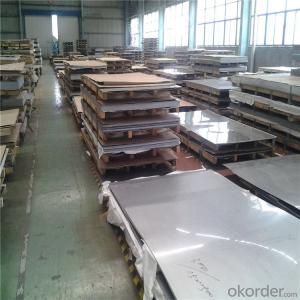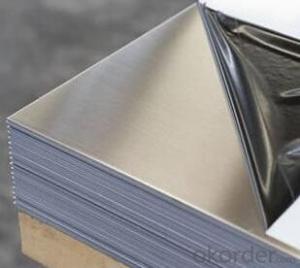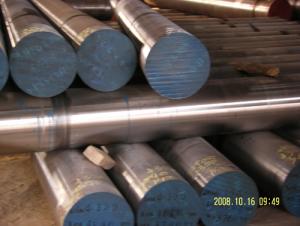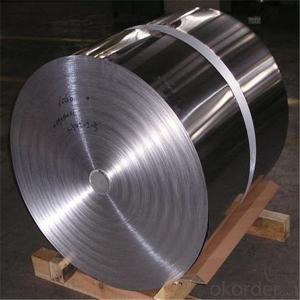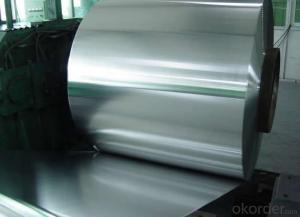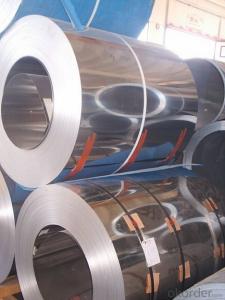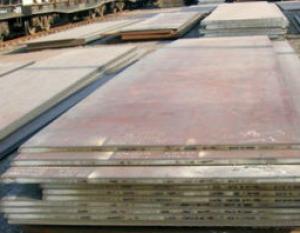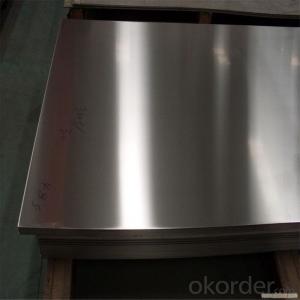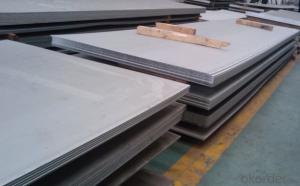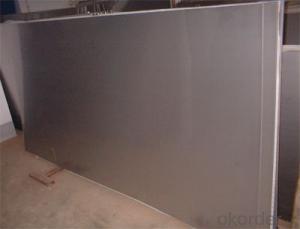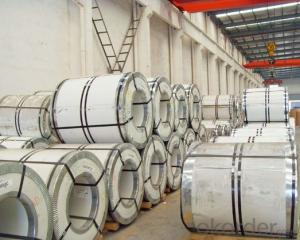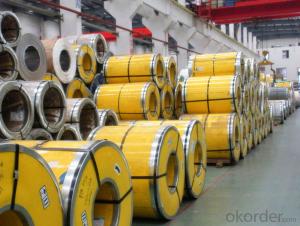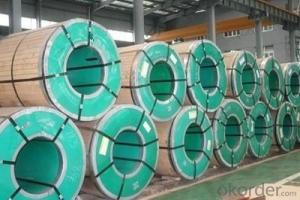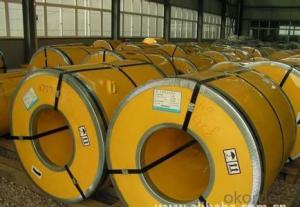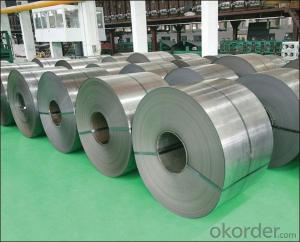Stainless Steel 316l
Stainless Steel 316l Related Searches
Best Paint For Stainless Steel Blanket Insulation For Steel Buildings Primer For Galvanized Steel Foam Filter For Stainless Steel H S Code For Stainless Steel Surface Grinding Wheels For Stainless Steel Surface Grinding Wheels For Hardened Steel Hole Saw For Stainless Steel Paint For Stainless Steel Stainless Steel For BbqHot Searches
Steel Mesh Panels For Sale Price For Stainless Steel Scrap Scrap Price For Stainless Steel Price For Stainless Steel Stainless Steel Tank For Sale Stainless Steel Sheets For Sale Cheap High Tea Sets For Sale Stainless Steel Tanks For Sale Stainless Steel For Sale High Density Fiberboard For Sale Solar Hot Water Collectors For Sale Scaffolding For Sale In Uae Scaffolding For Sale In Ireland Scaffolding For Sale In Houston Type Of Inverter For Solar Price Of Shipping Containers For Sale Types Of Inverter For Solar Stock Price For Aluminum Used Solar Inverter For Sale Steel Mesh Panels For SaleStainless Steel 316l Supplier & Manufacturer from China
Okorder.com is a professional Stainless Steel 316l supplier & manufacturer, offers integrated one-stop services including real-time quoting and online cargo tracking. We are funded by CNBM Group, a Fortune 500 enterprise and the largest Stainless Steel 316l firm in China.Hot Products
FAQ
- Yes, stainless steel strips can be used for electrical connectors. Stainless steel is a highly conductive material that offers excellent corrosion resistance and durability, making it a suitable choice for electrical connectors.
- Architectural signage can benefit greatly from the use of stainless steel strips. This material is a popular choice due to its durability, aesthetic appeal, and resistance to corrosion. With its versatility, stainless steel can be easily shaped into different sizes and forms to create various types of signage, including letters, logos, and plaques. When it comes to appearance, stainless steel strips offer a sleek and modern look that can complement any architectural design. They can be finished in different ways, such as brushed, polished, or etched, to achieve the desired visual effect. Not only do they look good, but they also provide excellent weather resistance, making them suitable for both indoor and outdoor signage. Apart from its visual qualities, stainless steel is highly durable and can withstand harsh environmental conditions. It is resistant to corrosion, rust, and fading, ensuring that the signage remains visually appealing and readable for a long time. This makes stainless steel strips a reliable choice for architectural signage, especially in areas with high levels of foot traffic or exposure to extreme weather. Another advantage of using stainless steel is its low maintenance requirements. It is easy to clean and maintain, making it a cost-effective choice in the long run. In summary, stainless steel strips are a suitable option for architectural signage due to their durability, aesthetic appeal, resistance to corrosion, and low maintenance requirements. Whether it's for commercial buildings, residential complexes, or public spaces, stainless steel signage can add a touch of sophistication and professionalism to any architectural project.
- The maximum length of stainless steel strips may differ depending on the manufacturer and the specific requirements of the customer. Typically, stainless steel strips can be manufactured in lengths ranging from a few inches to several feet. Certain manufacturers might have the ability to produce even lengthier strips, depending on their capabilities and equipment. To ascertain the maximum length available for stainless steel strips that align with your specific needs, it is crucial to consult with the manufacturer or supplier.
- Stainless steel strips can be embossed using various techniques to create different patterns and designs. Some commonly used techniques include: 1. Diamond Embossing: This method involves forming small diamond shapes on the surface of the stainless steel strip. It is often employed for decorative purposes, enhancing the material's texture and visual appeal. 2. Linen Embossing: By embossing parallel lines on the stainless steel strip, a linen-like texture can be achieved. This technique lends the material a sophisticated and elegant appearance. 3. Checkerboard Embossing: As the name suggests, this technique creates a checkerboard pattern on the stainless steel strip. It is often used for flooring or decoration, providing a modern and geometric feel. 4. Stucco Embossing: Stucco embossing replicates the texture of stucco or plaster by forming small raised dots or bumps on the stainless steel strip. This imparts a unique and textured look to the material. 5. Leather Grain Embossing: This technique imitates the grain of leather on the stainless steel strip, adding an element of elegance and sophistication. These examples demonstrate the variety of embossing techniques available for stainless steel strips. Each technique offers distinct patterns and textures, allowing for endless possibilities in terms of design and customization.
- What is the hardness of stainless steel band 3/4?
- 304 stainless steel is the United States materials and Testing Association (ASTM) named SUS 304 stainless steel brand abbreviation. 304 stainless steel, 1Cr18Ni9., is a widely used austenitic stainless steel.
- Yes, stainless steel strips can be used in the pharmaceutical equipment industry. Stainless steel is a commonly used material in this industry due to its corrosion resistance, durability, and ease of cleaning. Stainless steel strips are often used to manufacture components such as tanks, vessels, piping, and fittings that come into direct contact with pharmaceutical products.
- The recommended cleaning and maintenance practices for 111 stainless steel strips include regular wiping with a mild detergent solution and a soft cloth to remove any dirt or grime. Avoid using abrasive cleaners or scrubbers as they can scratch the surface. Additionally, it is important to dry the strips thoroughly after cleaning to prevent water spots or rusting. For maintenance, periodic polishing with a stainless steel cleaner can help maintain the shine and prevent oxidation.
















